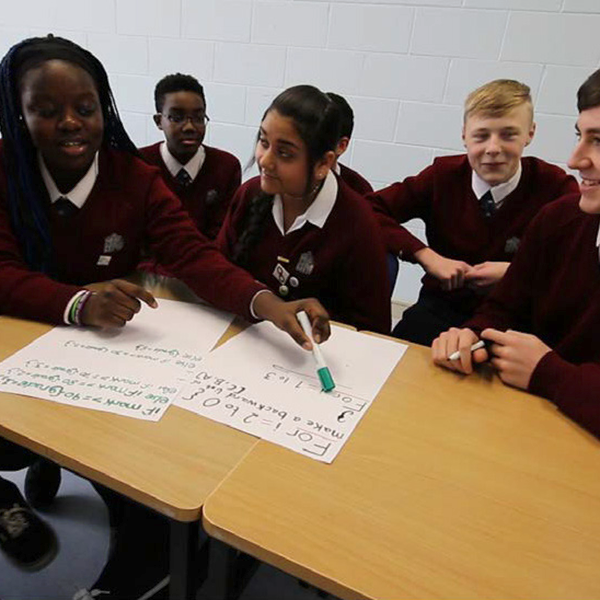About
This website hosts a range of resources to support teachers and students for the Leaving Certificate Computer Science curriculum.
Welcome to Novel Analytics: Supporting the Second Level Computer Science Curriculum home page.

Here, you will find data and class-room worksheets relating to the three celebrated novels, Jane Austen’s Pride and Prejudice (1813); Mary Shelley’s Frankenstein (1818,1832) and Bram Stoker’s Dracula (1897). Using each of these books and their accompanying worksheets, you can learn to use Python to analyse, quantify and visualise of these and other texts.
Using Python, you will be able to combine the skills you learn on the Computer Science curriculum with the skills of reading and comprehension you have developed as part of your English Curriculum to enrich your understanding of the fictional worlds of these classic novels. You can then apply these programming skills to the study of any text that is no longer in copyright.

Funding
This research was conducted with the financial support of Science Foundation Ireland [12/RC/2289_P2] at the Insight SFI Research Centre for Data Analytics at University College Dublin.
Primary Investigators
- Dr. Maria Mulvany, Assistant Professor in Cultural Analytics, School of English, Drama and Film University College Dublin.
- Dr. Derek Greene, Associate Professor at the School of Computer Science, University College Dublin, and Funded Investigator at the Insight SFI Research Centre for Data Analytics.
- Professor Gerardine Meaney, Director of Centre for Cultural Analytics, School of English, Drama, and Film, University College Dublin.
- Eoghan Cunningham, Research Assistant and Project Demonstrator, PhD candidate at the Insight Centre for Data Analytics, University College Dublin.
- Brendan Smith, Education and Public Engagement Officer, Insight Centre for Data Analytics, University of Galway.
- Dr. Aoibheann Bird, Education and Public Engagement Manager for the Insight SFI Research Centre for Data Analytics at University College Dublin and Dublin City University.
Partner Teachers and Schools
- Áine Rourke, Assistant Principal, Clogher Road Community College, Crumlin. Dublin 12. City of ETB, Educate Together, DEIS.
Acknowledgements and Works Cited
Image Credits:
Pride and Prejudice homepage image: James Hook, ca. 1772–1828, British, A Regency Pair: Man with Walking Stick, 1802, Watercolor, graphite, and pen and brown ink. Yale Center for British Art, Paul Mellon Collection, B1975.4.1283. https://creativecommons.org/publicdomain/zero/1.0/
Image of Jane Austen: Taken from the memoir by J. E. Austen-Leigh (1798-1874). Watercolour by James Andrews based on an unfinished work by Cassandra Austen. Engraving by William Home Lizars. A Memoir of Jane Austen by her nephew J. E. Austen-Leigh, Vicar of Bray, Berks. London: Richard Bentley, New Burlington Street, Publisher in Ordinary to her Majesty, 1870. WikiCommons.
Image of Mary Shelley: Portrait of Mary Shelley by Richard Rothwell. Oil on canvas, circa 1831-1840. Bequeathed by the sitter’s daughter-in-law, Jane, Lady Shelley, 1899. Primary Collection, NPG 1235.© National Portrait Gallery, London. Link. CC-BY-ND 3.0. https://creativecommons.org/licenses/by-nc-nd/3.0/
Sutherland, Kathryn, “Jane Austen and social judgement”. Discovering Literature: Romantics & Victorians. 15 May 2014. The British Library. www.bl.uk/romantics-and-victorians/articles/jane-austen-and-social-judgement. Creative Commons CC-BY.
Image Credits: